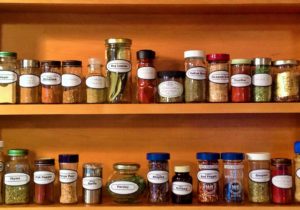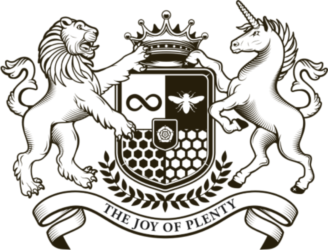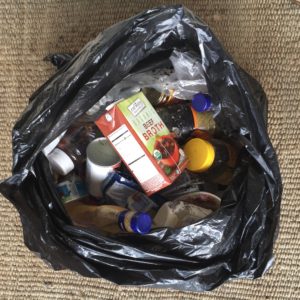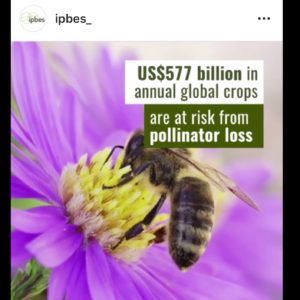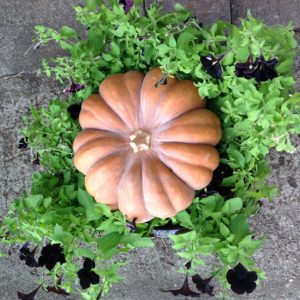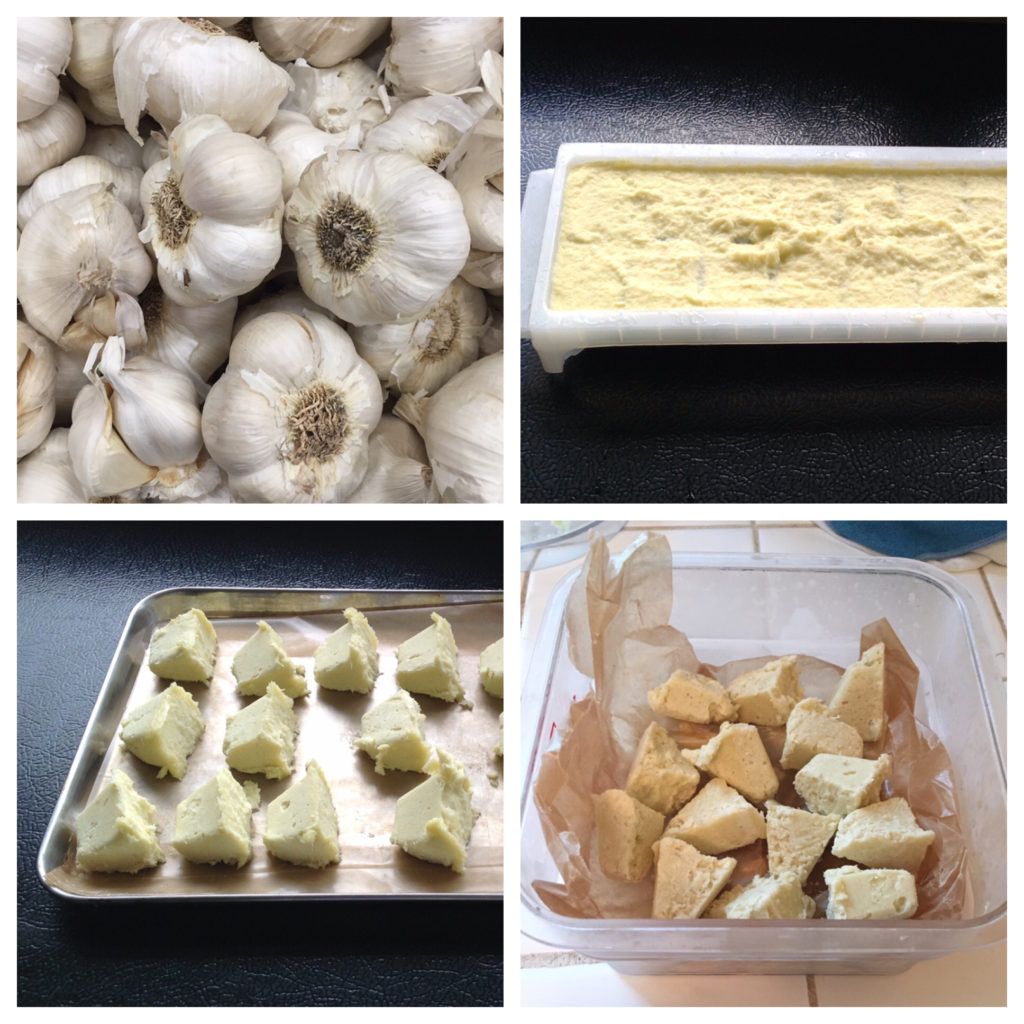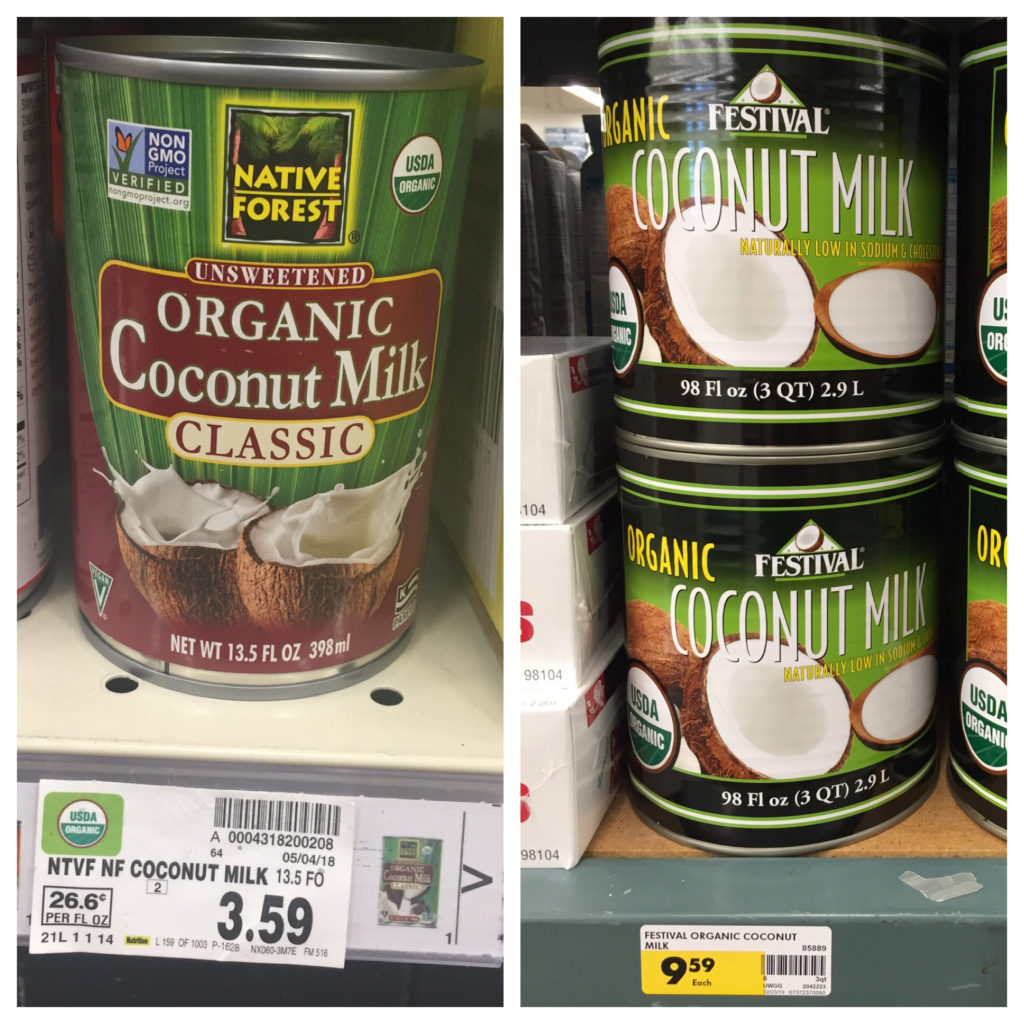The amount of plastic the world consumes has increased dramatically since 1980 and 40% of it is used just once. (National Geographic, June 2018) The majority of this plastic comes from food packaging. The next time you are in a grocery store, take a look. Notice all the single use packaging then envision it ending up in the landfill. It’s actually somewhat horrific when you step back and really see the stark truth of this.
The Plenty Method can help you reduce your plastic footprint and food packaging in general. How does it do this? First, food is made from “scratch” ingredients that are bought in bulk whenever possible. You learn that it’s actually quite easy to make something simple and delicious out of scratch ingredients so you purchase less and less packaged food. And when you buy food in bulk, more of your money goes to buy the food, and not the packaging, so you’ll be able to buy higher quality food. Your pantry will be full of nutrient dense, whole foods that are usually organic. I call this “superstar food”. It stands on its own and doesn’t need much “do” to prepare so putting food on the table is quick and simple.
Each of these scratch ingredients has its own airtight container or other permanent location. This makes working with food so much more pleasurable. The airtight containers replace all the food stored in single use, mismatched packages that don’t seal properly, which may invite staleness and attract bugs, moths, mold, mites, and rodents. It’s much nicer to handle a substantial glass jar that opens easily than flimsy single-use packages that usually don’t close properly. You can see the food through glass jars which is visually more pleasing than a collection of opaque food packages. Your food will be clearly visible and labeled. No more “UFO”s – Unidentified Food Objects! You can say goodbye to random food clutter. The kitchen stays clean, organized, and fresh.
Together, we can stop this crazy overuse of plastic. Every little bit helps and small steps can add up to radical change. Transformation starts with awareness. Just say “no” to single use packaging, one buying decision at a time. This will make a world of difference and a different world.
